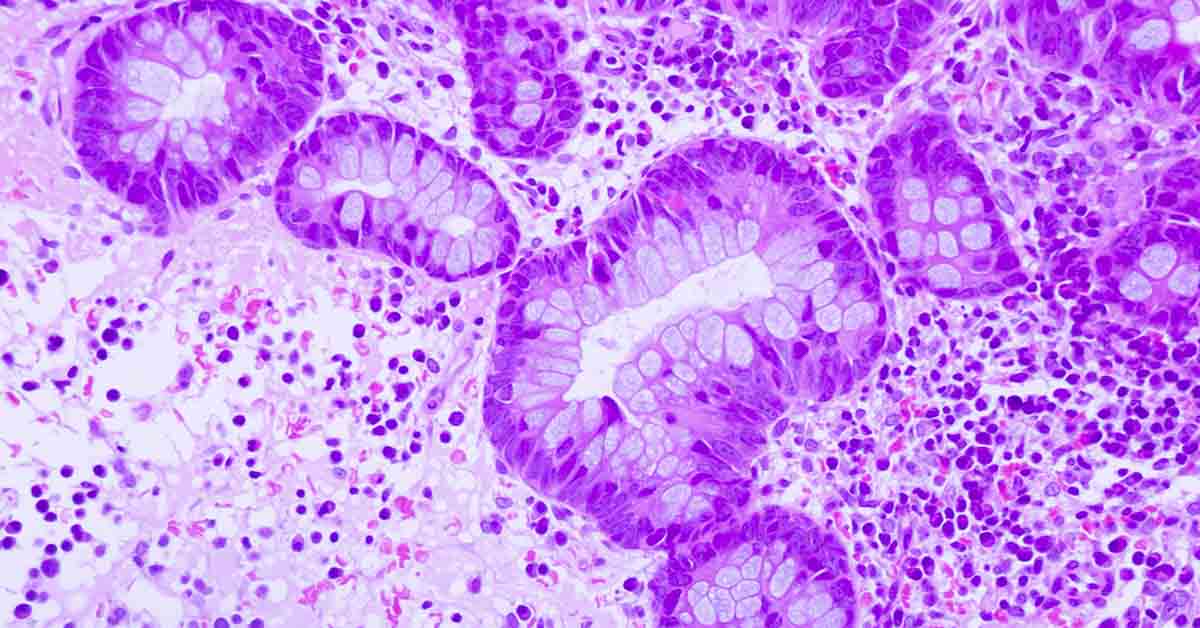A new medical simulation video by Dr. Paulien Moyaert shows how cancer progresses and leads patients to death. The truth is very different from what most people think. Instead of “spreading everywhere,” cancer kills by attacking specific organs that keep us alive.
The deadliest process starts when a single cancer cell breaks away from the original tumor and travels through the blood or lymph system to distant organs, where it starts new tumors. This spread, called metastasis, turns a local problem into a body-wide threat. The rapid advancement through vital organs like the lungs, digestive system, or bone marrow kills by preventing those organs from performing their life-sustaining functions.
How Cancer Chooses Its Progression Path
Metastasis follows certain rules. Cancer cells target environments that can support their survival, seeking tissues with compatible chemical signals and growth factors. Your digestive system, pancreas, lungs, and bone marrow become prime targets because they handle critical life-sustaining functions.
“Cancer is most dangerous when the disease has spread to many parts of the body, and conventional treatments are not effective enough for patients with metastatic disease,” explains Dr. Andrew Ewald, a cell biology researcher. Research shows many different cancers use similar molecular tools to spread, making metastasis a common deadly pathway.
The cellular dysfunction starts small but accelerates quickly. Cancer cells ignore normal signals that tell healthy cells where they belong and when to stop growing. These aberrant cells hijack blood vessels and manipulate local immune responses. Once established in vital organs, they begin disrupting essential functions in devastating ways.
Read More: Startling Simulation Reveals What Happens When You Pluck a Hair from Your Skin
Digestive System Blockage
The simulation shows how cancer growing in the digestive tract creates physical obstructions that accelerate the deadly timeline by preventing normal food processing. Tumors can block the passage of food through the intestines, causing severe pain and preventing nutrient absorption. Food stops moving through the system. Waste material backs up, creating dangerous pressure inside the intestinal walls.

The blockage can lead to perforation. The intestinal wall ruptures and spills bacteria-laden contents into the normally sterile abdominal cavity. This triggers peritonitis, a life-threatening infection that can kill within hours if not surgically corrected.
Read More: Simulation Reveals What the Brain Experiences in the First 10 Minutes After Death
Pancreatic Destruction
Pancreatic cancer ranks among the most painful and deadliest forms of the disease. The reason lies in how it destroys the organ. Cancer cells block the tiny ducts that normally carry digestive enzymes away from the pancreas and into the small intestine. When these powerful enzymes get trapped, they begin attacking pancreatic tissue itself. This auto-digestive process causes excruciating pain that radiates through the patient’s back and abdomen. Cancer cells multiply in the damaged tissue.
Lung Function Collapse
Lung cancer kills primarily by cutting off oxygen to the body. Tumors crowd out healthy lung tissue, reducing the organ’s ability to absorb oxygen from the air. As the disease progresses, patients gradually lose breathing capacity until their blood oxygen levels drop too low to sustain vital organ function.
The second major cause of death in lung cancer patients is infection. Cancer and chemotherapy both suppress immune system function by damaging bone marrow, where white blood cells are produced. When lungs are damaged, they become breeding grounds for bacteria and other pathogens that healthy immune systems would normally eliminate.
Bone Marrow Failure
Bone marrow serves as the body’s blood cell factory. It produces red blood cells to carry oxygen, white blood cells to fight infections, and platelets to control bleeding. When cancer invades bone marrow, it shows how the disease leads to death by creating a triple threat to survival.

Severe anemia develops as red blood cell production drops, leaving organs starved for oxygen. White blood cell counts plummet, making any infection potentially fatal. Platelet deficiency prevents proper blood clotting. Even minor injuries can cause dangerous bleeding episodes.
Read More: Simulation Shows How Ozempic Works Once It Enters Your Body
How Cancer Ensures Progression Continues
Surgery becomes very difficult when cancer targets vital organs. Removing tumors from the pancreas, lungs, or digestive tract requires extraordinary precision to avoid damaging surrounding healthy tissue. Even successful surgery rarely eliminates all cancer cells.
As Dr. Moyaert explains, “all it takes is a few cells of the original tumor remaining in the body” for the cancer to return. Microscopic clusters often remain, leading to tumor regrowth within months or years.
This reality explains why surgery combined with chemotherapy has become essential. Oncologists now use combination approaches that pair surgery with chemotherapy, radiation, and newer treatments like immunotherapy.
The Body Consumes Itself
The simulation tracks how organ failures accelerate the cancer timeline due to cachexia, a wasting syndrome causing rapid weight and muscle loss. Cancer cells release toxins that interfere with appetite control and nutrient processing.
Cachexia affects approximately 50% of all cancer patients and directly causes up to 30% of cancer-related deaths. The syndrome is particularly devastating in digestive system cancers, where it accounts for 50% of deaths, and in pancreatic cancer, where it contributes to 80% of deaths. The wasting process creates a vicious cycle where cancer cells consume nutrients the body needs for basic maintenance and immune function.
Focusing on Comfort When Cancer Progression Can’t Be Stopped
When cancer progression reaches the point where treatments can no longer control it, the medical focus shifts from cure to comfort. Palliative care concentrates on managing symptoms and maintaining quality of life rather than attempting to eliminate the disease.

Pain management becomes the primary concern, and this is where many patients and families encounter dangerous misconceptions about opioid medications. As Dr. Moyaert emphasizes, “good pain control is available and no one with cancer should die in pain.” Strong painkillers like morphine don’t hasten death when used appropriately for cancer pain management.
Medical experts say that opioids are essential for relieving suffering and can prolong patients’ lives by reducing the physical stress of uncontrolled pain. Modern palliative care recognizes that death with dignity and minimal suffering represents a legitimate medical goal when a cure is no longer achievable.
Read More: Simulation Reveals How a 36-Hour Fast Impacts the Body

